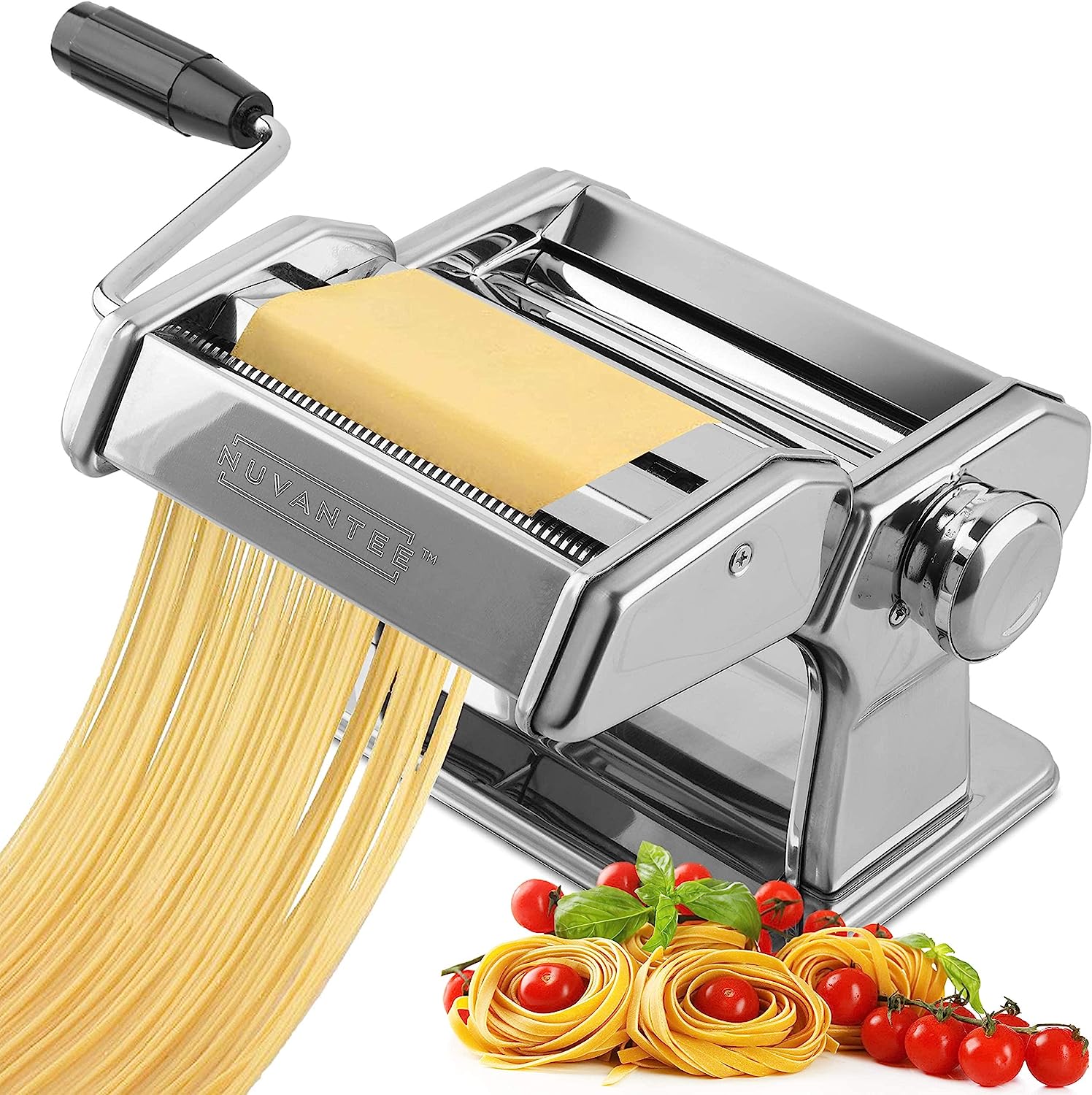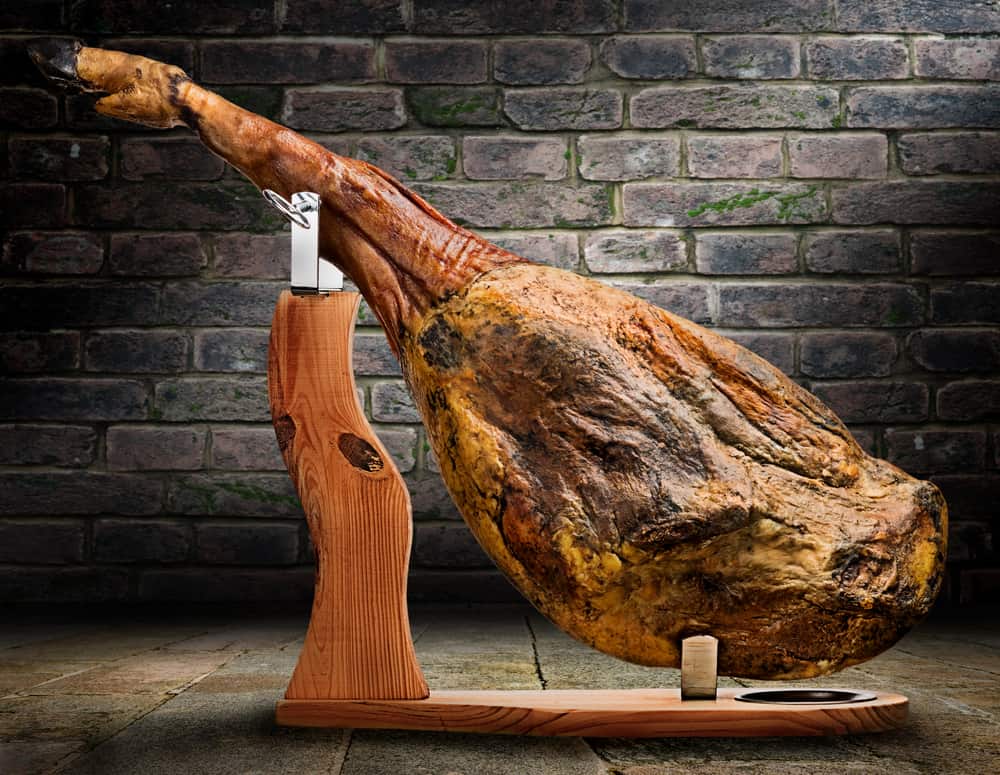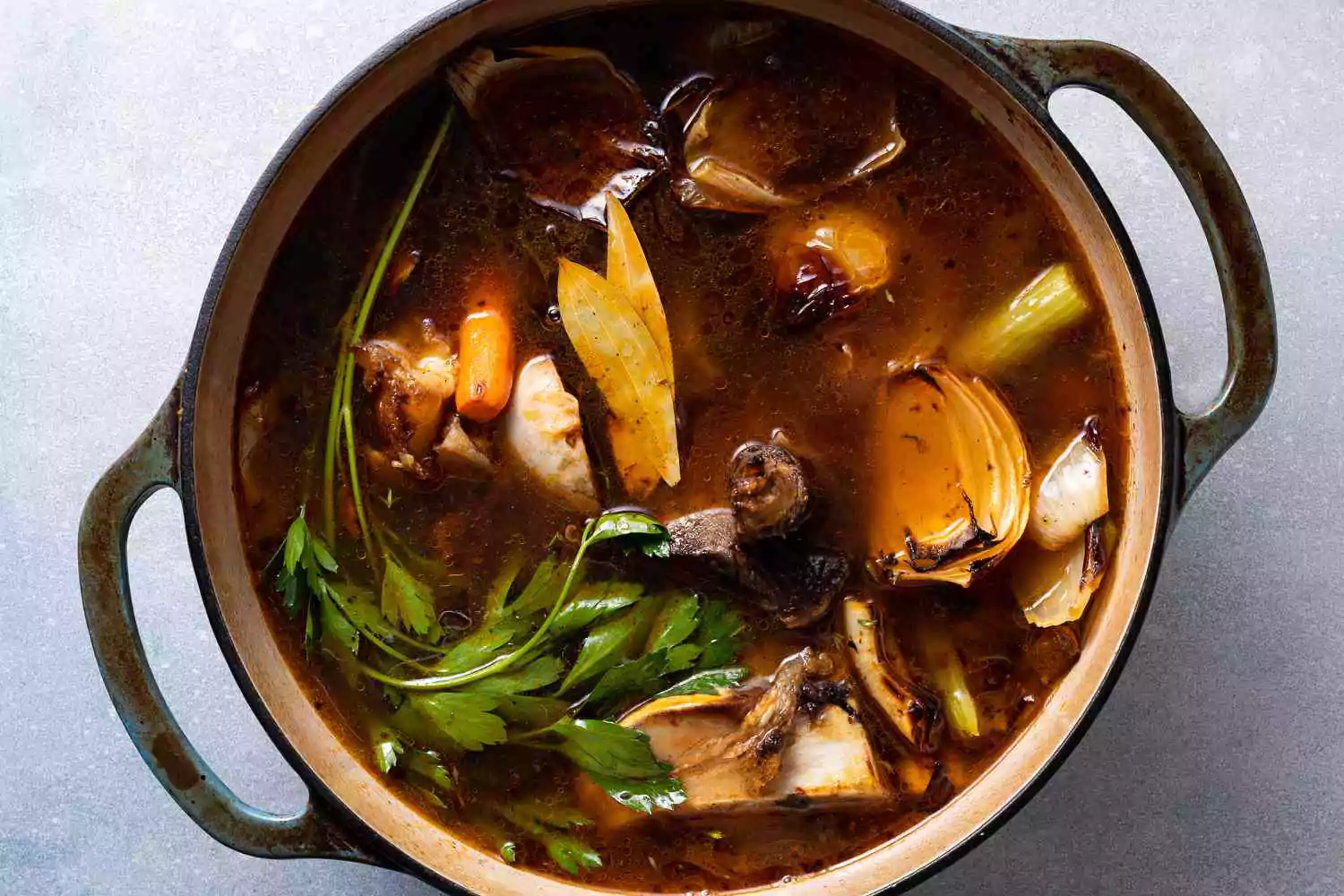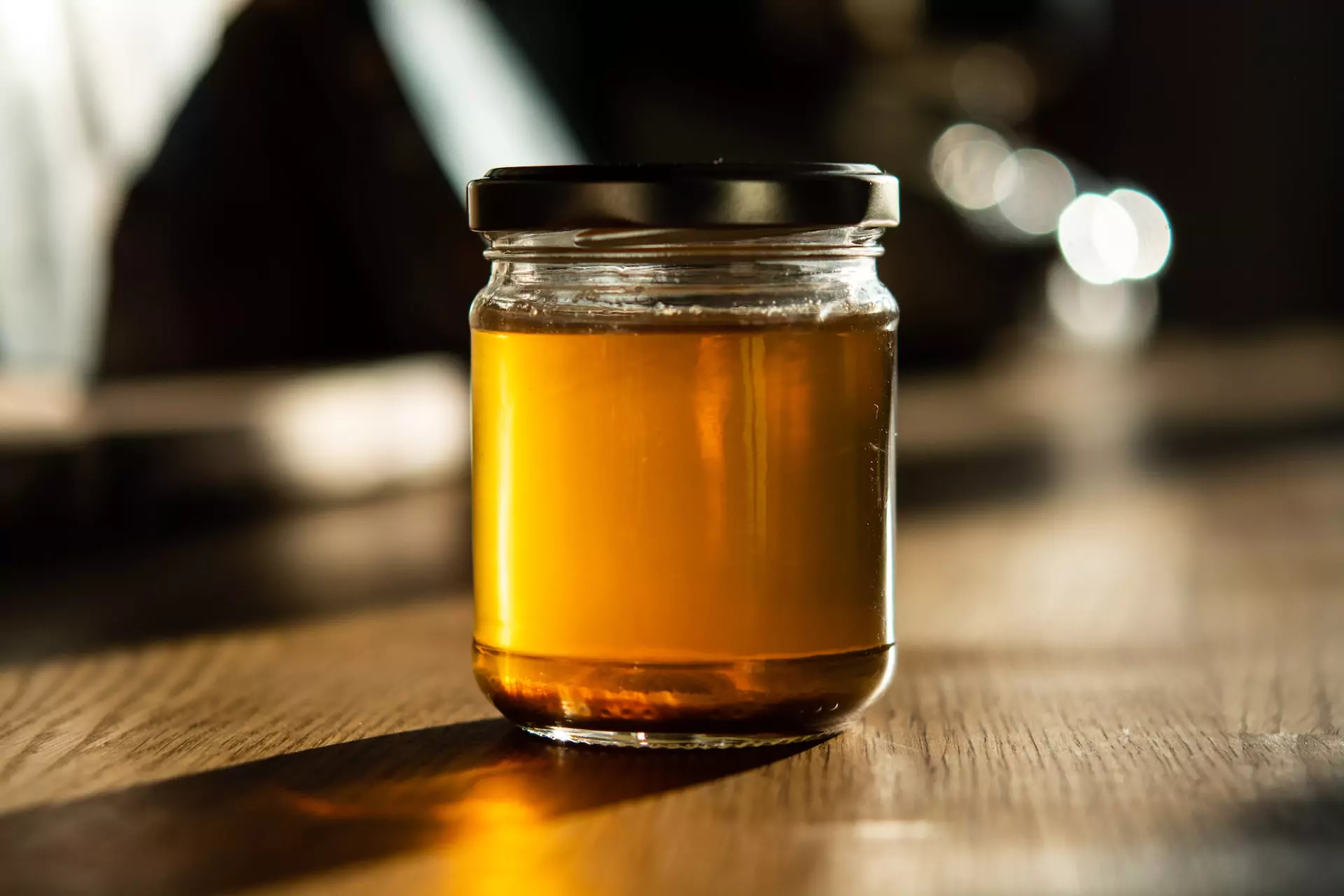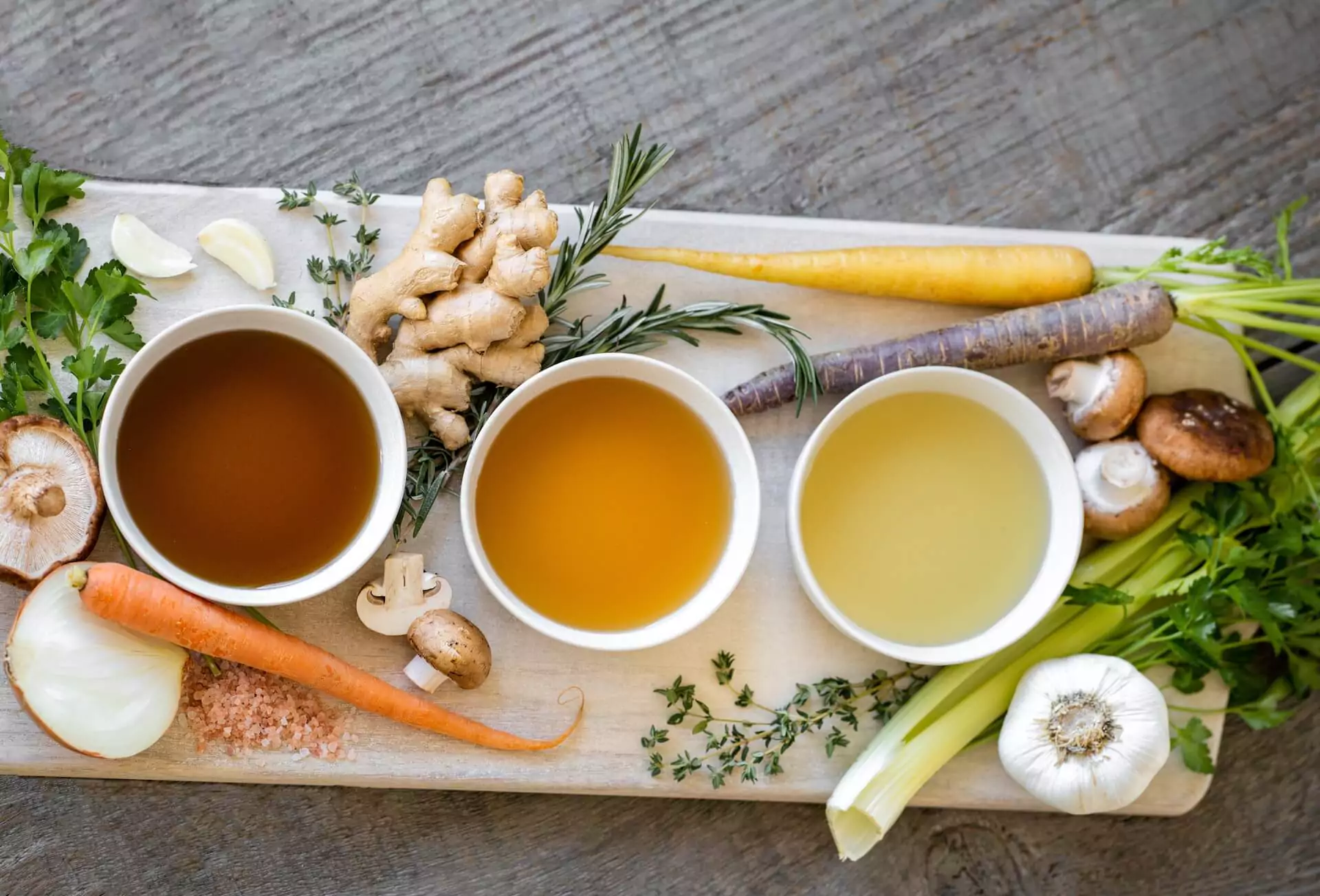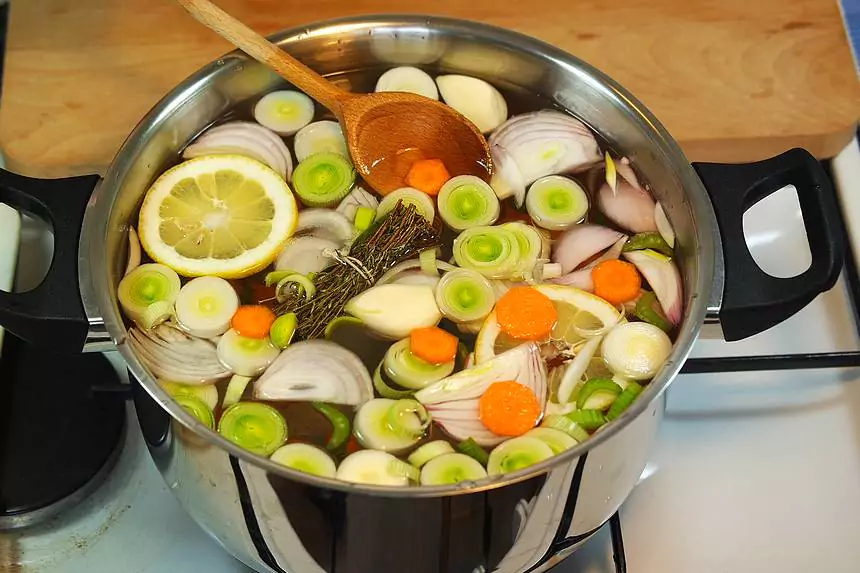
4 Heavenly Sicilian Cannoli: Try These For a Sweet Escape
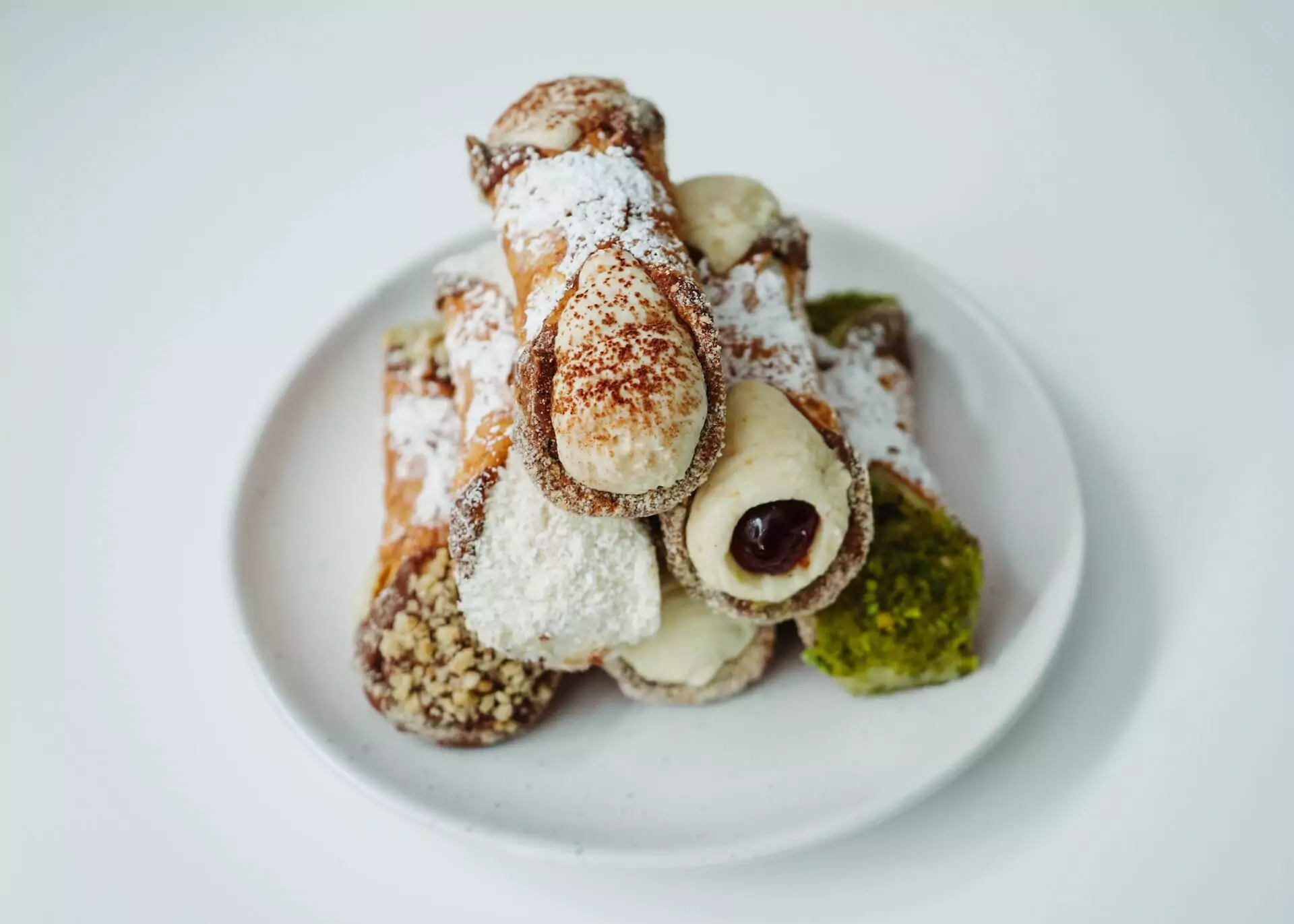
Sicilian cannoli have become a popular confection around the world, but nothing beats the experience of enjoying them in their homeland. From the flawlessly crisp pastry crust to the luscious interior prepared with ricotta cheese, sugar and a touch of citrus, these four Sicilian Cannoli are a great representation of this classic delicacy. If you have a sweet tooth, you have to taste these treats, from the traditional Cannolo Siciliano to variants like Cannolo alla Nutella. With our help, you may savour only the finest examples of these delights, as determined by professionals with firsthand knowledge.
Whether you like the classic flavour or are open to trying something new, these four delectable Sicilian Cannoli will take your taste buds on a trip to Italy.
Four Rich Sicilian Cannoli Flavours
Sicilian cannoli are traditional Italian pastries with a sweetened ricotta cheese filling inside a fried pastry shell. There are many different kinds of cannoli flavours, but here are four common ones from Sicily and what they are known for: Traditional, Pistachio, Chocolate and Lemon. Typically, sugar, vanilla, and occasionally candies or chocolate chips are added to the ricotta before mixing. Cannoli with a pistachio filling or pistachios sprinkled on top are a popular variant. The pistachios give the sweet ricotta filling a crunch and a nutty taste.
Another well-liked kind has a chocolate-flavored shell and chocolate chips in the filling, and it’s called the chocolate cannoli. For the filling, some recipes recommend combining chocolate powder and ricotta cheese. The ricotta filling of a cannoli with a lemon flavouring is brightened by the addition of lemon zest and, in certain cases, lemon juice. The tartness of the lemon complements the sweetness of the ricotta filling and the crunch of the pastry. Overall, sicilian cannoli are a tasty and adaptable delicacy that may be altered to fit a variety of preferences.
What is the Origin of Cannoli?
You can find cannoli all around Sicily, but the ones in and around Palermo are the best. Its origin is disputed, as is the case with many Italian foods, with most legends attributing it to Carnevale and the confections made in convents at the time. The enormous bamboo (Arundo donax) that may be seen growing wild across Italy presumably provided the inspiration for the single form of the term “cannoli,” “cannolo.” The reeds, which are joined together roughly every 8 inches, may be used as moulds for frying the shells.
Traditional canning forms are still used, but the tin or stainless steel versions you can get at any kitchen supply shop can do the job, too. All around Sicily, you may discover variants on the classic pastry known as the cannoli. You may get versions with cinnamon or candied fruits all across the island. Cannolis in Palermo may be topped with candied orange peel, while those in Bronte may have cherries pressed into the top or be covered in chocolate or the local pistachios.
Key Ingredients
Ricotta Cheese – Ricotta is a classic and fundamental component in cannoli filling. What makes Sicilian cannoli so unique and tasty is that it has a creamy texture and a slightly sour taste.
Marsala Wine – The dough used to make cannoli shells gets a unique and luxurious taste from the addition of Marsala wine. Traditional Sicilian cannoli rely heavily on this wine since no other wine can match its distinctive flavour. Marsala wine adds moisture to the dough, making the cannoli shell delicate and flaky while also being simpler to work with. This is crucial for making a cannoli shell with the ideal texture and consistency. The use of Marsala wine in classic Sicilian cannoli is firmly ingrained in the region’s culinary heritage. Adding Marsala wine keeps this pastry true to its origins and history.
Pistachio – Pistachios are often used as a garnish because of the nutty, crisp texture they provide to the filling. They contribute to the distinct taste of traditional Sicilian cannoli.
Cinnamon – While making traditional Sicilian cannoli, cinnamon is a common ingredient in the dough. It improves the pastry’s flavour by adding a touch of warmth and depth.
Orange Peel – Traditional cannoli fillings often include candied orange peel for both its taste and aesthetic benefits.

Sicilian Cannoli
Recipe by Smit Modi
Course: Dessert / Cuisine: Sicilian-Italian / Difficulty: Easy
Discover irresistible flavors of Sicilian cannoli, and learn how to make these classic Italian treats at home.
Ingredients
Directions
- Mix flour, granulated sugar, and cocoa in a bowl to create shells. Add vinegar, Marsala, and butter to the well. Mix with a fork, then with your hands to make a shaggy dough. Knead for two minutes to absorb all the flour. If the dough is too firm, add more Marsala. Knead the dough on a level surface for several minutes, pushing with your heel. Pasta dough texture is ideal. Refrigerate the dough for 1–2 days under plastic wrap.
- Flatten one of the four dough pieces using your palm. Cover the leftover dough with plastic. Use the pasta machine and roll it at the widest setting, fold it in half, then roll again. Repeat with a narrower machine setting. Keep rolling and correcting until the dough is 1/16 inch thick and 2 feet long by 4 to 5 inches broad. (Alternatively, roll the dough on a level surface with a rolling pin to produce a huge 1/16-inch thick circle. As dough is elastic, it may need to rest. Roll the remaining three dough balls one at a time on the plastic-wrapped dough sheet.
- Over medium heat, bring 2 inches of oil to 117 degrees celsius in a big pot. Paper towels should be used to line a baking sheet. While the oil is heating, slice all of the rolled dough into 5×4-inch ovals. To make more cannoli shells, just reroll the leftover dough. Place a cannoli mould in the middle of one of the long ovals of dough. Wrap the shorter end around the form and push it gently. Apply a little amount of egg white to one end of the dough and then wrap the other short end over it, overlapping the two by approximately 3/4 of an inch, pressing hard to seal.
- Carefully slip the shells into the hot oil while still wrapped around the moulds so as not to splatter the oil. For even cooking, use tongs to flip the shell often while it’s sitting in the oil. After 30 seconds, carefully take the shell off the form with tongs, and then immerse it gently and thoroughly to cook the interior. After the shell’s surface has blistered and it’s a shade or two darker than when you started, but not dark brown, you’re done cooking it. Drain the shell on a baking sheet lined with paper towels and let the excess oil run back into the saucepan. Repeat with the remaining shells, cooling the moulds between uses.
- When it finally chills, Filling preparation involves straining the ricotta through a splatter screen or fine-mesh strainer into a big bowl. The granulated sugar and vanilla extract should be stirred in with a spatula until completely combined. Refrigerate overnight if possible. Cannoli are finished when chocolate chips are folded into the ricotta mixture very gently. Fill a pastry bag with the ricotta mixture and a big plain tip. Fill a cannolo shell until the two open ends meet in the centre and squeeze shut. Keep stuffing the rest of the shells. Sprinkle sugar liberally over the filled cannoli. Serve each cannolo with a piece of candied orange peel in the middle, like they do in Palermo. Start serving right now.
Notes
- The Godfather contributed to the widespread recognition of Sicily and its signature pastry, the cannoli. Some believe it was a convent treat, while others say the term comes from the reed used as a mould while frying the dough. Others have speculated that the term is a Carnevale-style pun on the phrase ‘turn on the ricotta’ since cannolo is the Italian word for tap.
- Every spring, Piana degli Albanesi, in the province of Palermo, hosts the Sagra del Cannolo, perhaps Italy’s greatest cannoli festival, in honour of the Albanians who have resided there for centuries and given the town its name. The feast features a parade of a gigantic cannolo filled with ricotta, as well as seminars, conferences, discussions, and, of course, tastings.
FAQs
-
What are the common flavors of Sicilian cannoli?
Traditional, pistachio, chocolate, and lemon are among of the most popular fillings for Sicilian cannoli.
-
Can I make cannoli shells at home?
Yes, cannoli shells may indeed be made at home. A dough consisting of flour, sugar, cinnamon, butter, egg yolk, and white wine is used to make them. The dough is flattened out, cut into circles, and then deep-fried until crispy.
-
How should I store leftover cannoli?
Cannoli should be kept in the fridge in a container that keeps air out. They taste best when eaten a few days after being made.
-
Can I make cannoli without frying them?
The traditional way to make cannoli shells is to fry them, but you can also bake them in the oven for a healthier option.
-
Are cannoli gluten-free?
Traditional cannoli contain flour, so they are not gluten-free. However, gluten-free variants of cannoli made with alternative flours are available.
-
What are some toppings that can be used to decorate cannoli?
Common cannoli garnishes include candied fruit, minced pistachios, mini chocolate chips, and confectioners’ sugar.
Conclusion
Cannoli from Sicily are so delicious that they have become a standard Italian dessert. Each mouthful of these exquisite pastries, whether you choose the classic taste or one of the more indulgent pistachio, chocolate, or lemon flavours, will take you away to a place of sweet relief. These cannoli are easy to make at home with the necessary materials and little experience. Try one (or more) of these delicious cannoli fillings from Sicily and give yourself and your loved ones a taste of the island’s rich culinary heritage.


